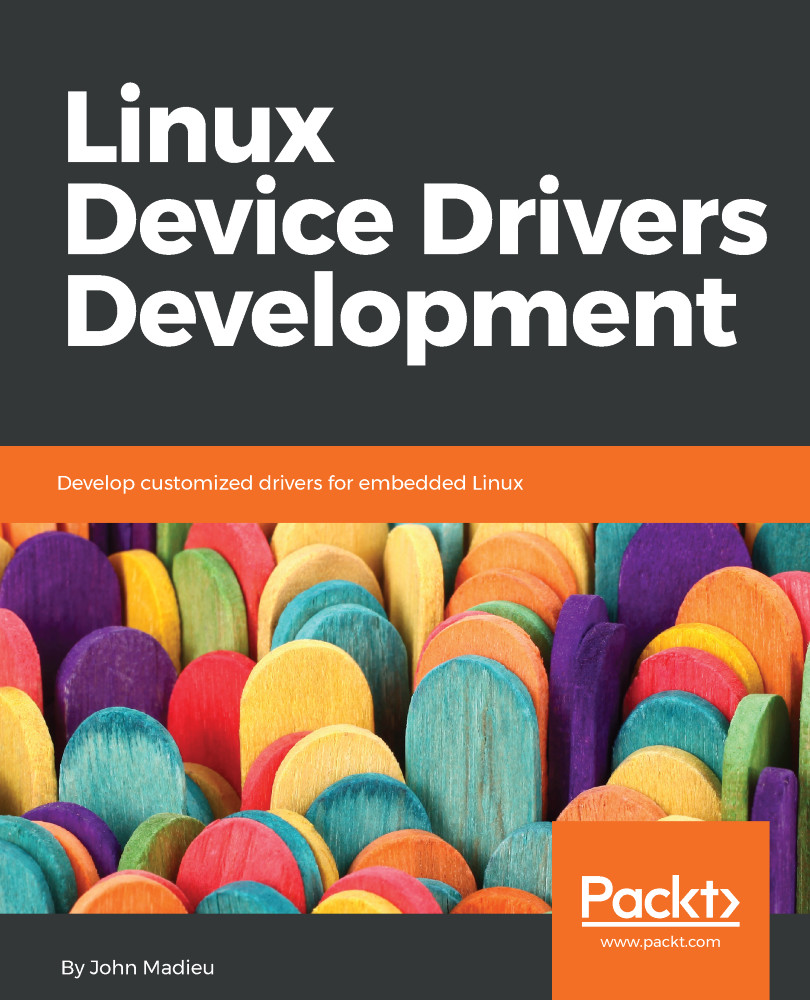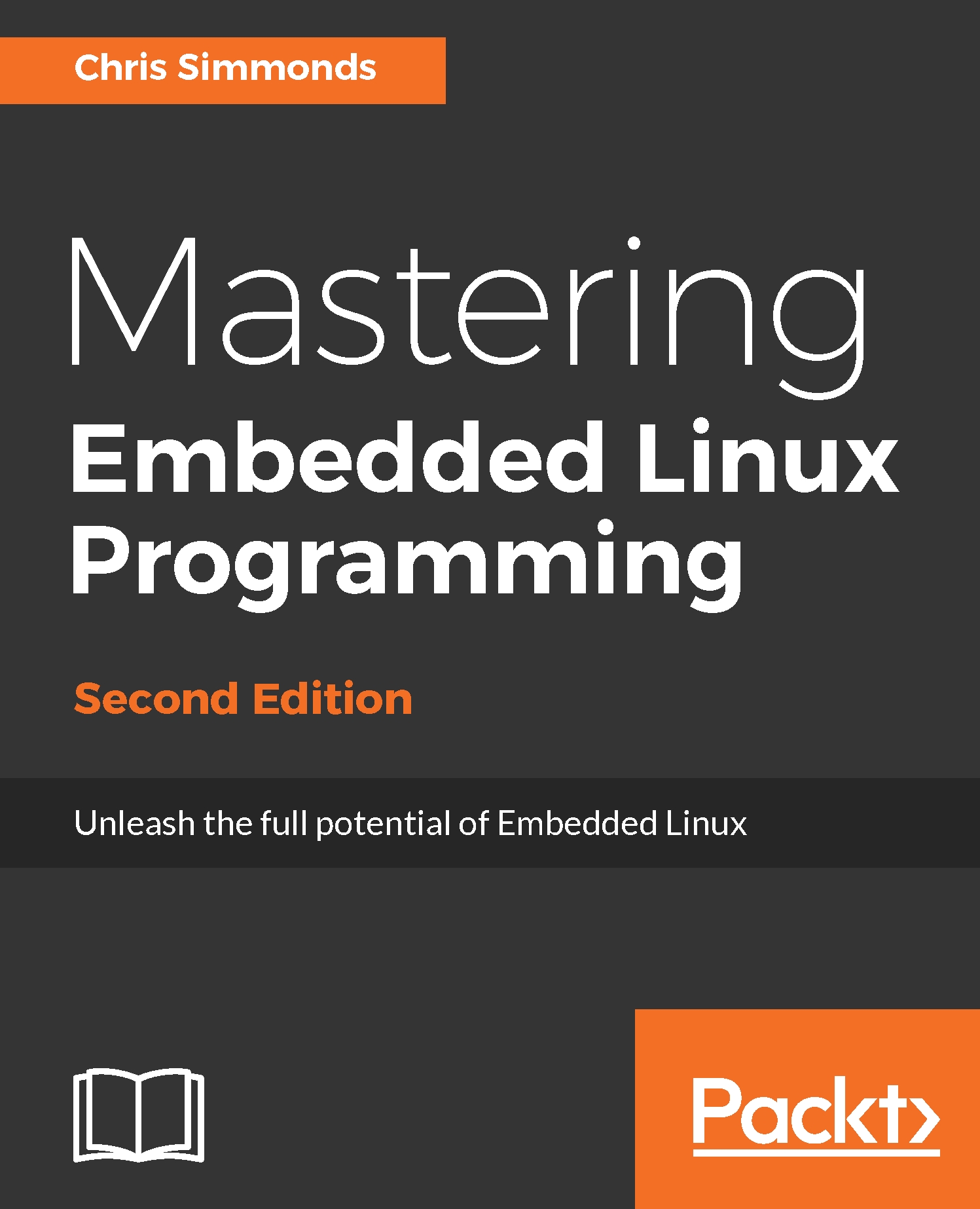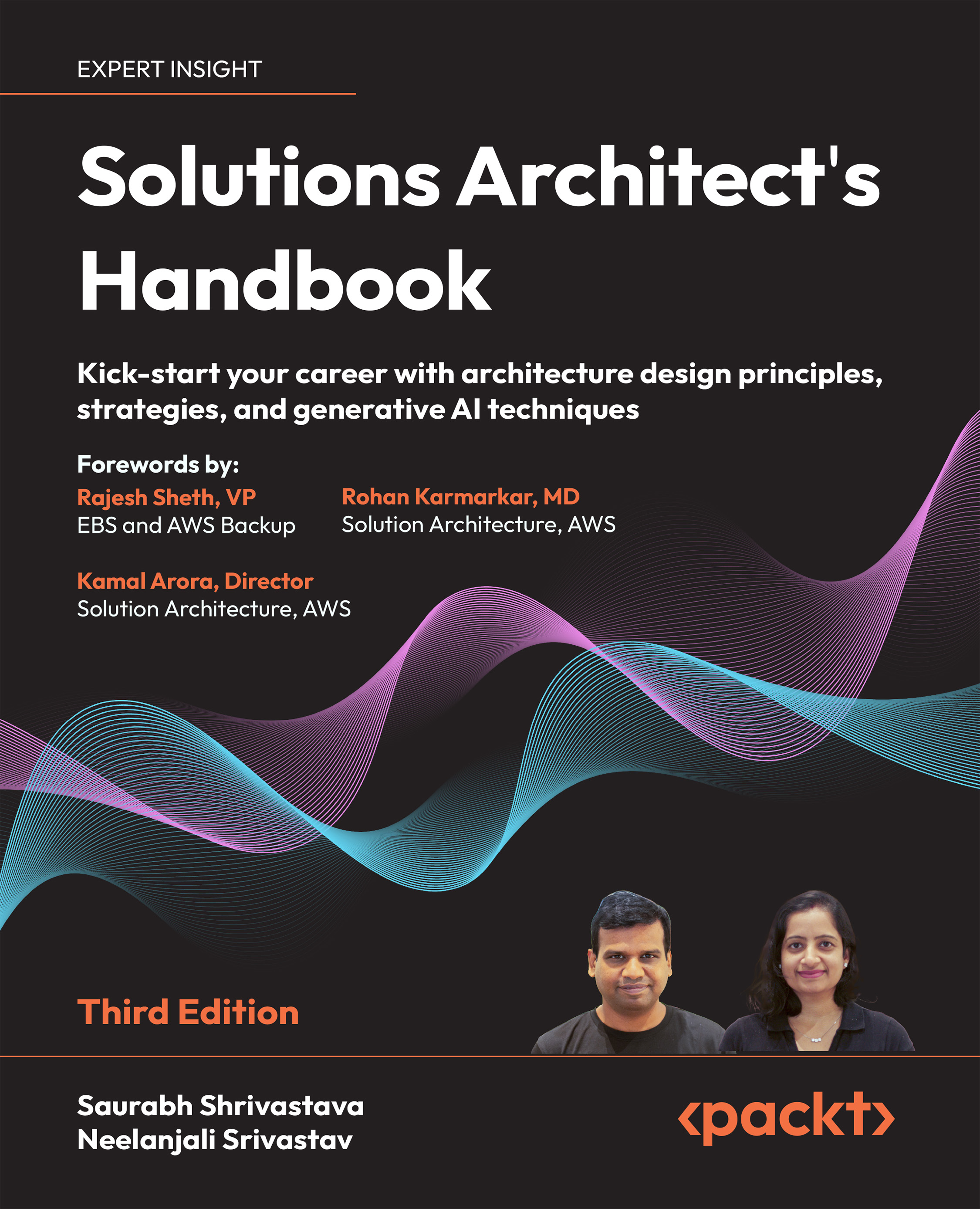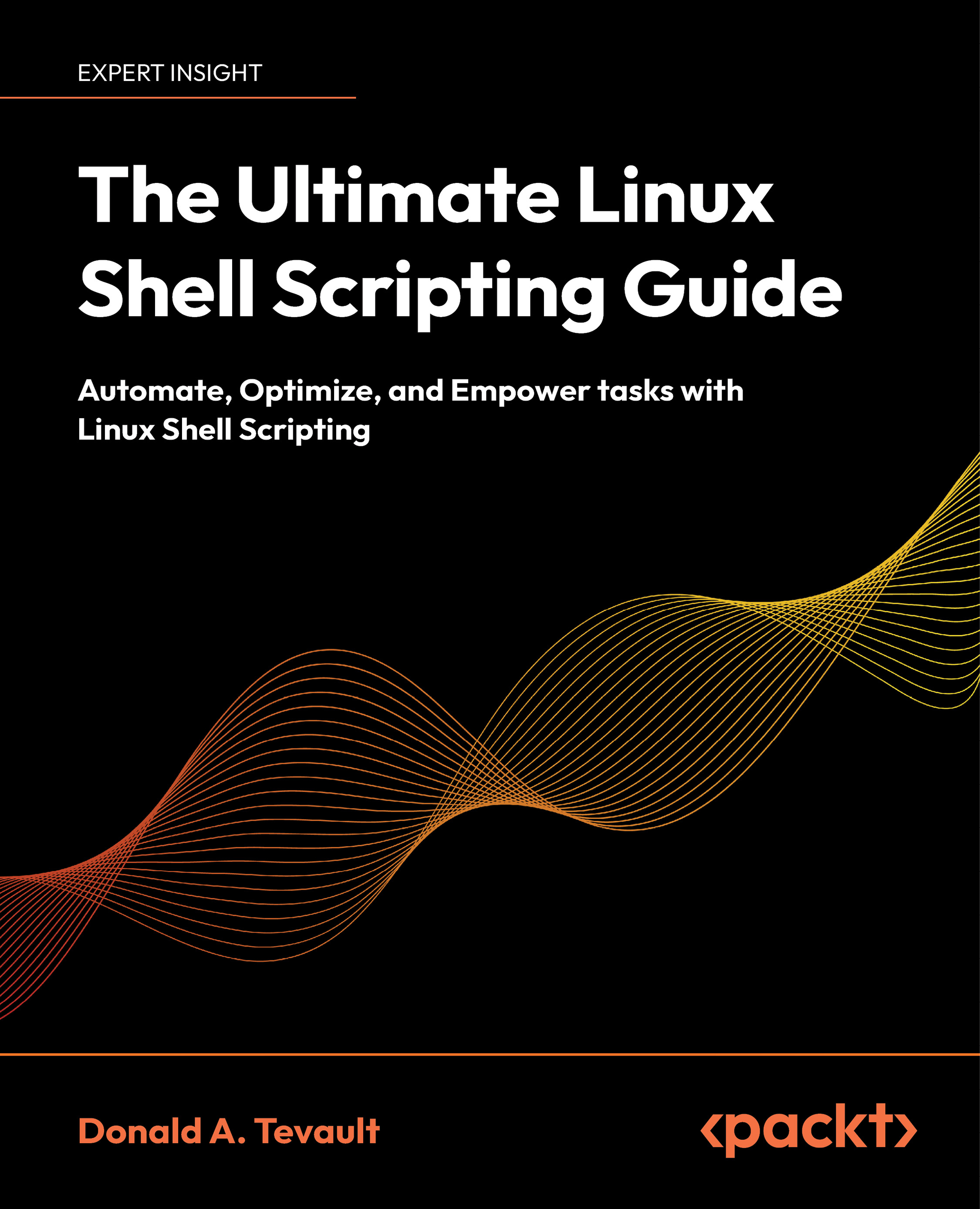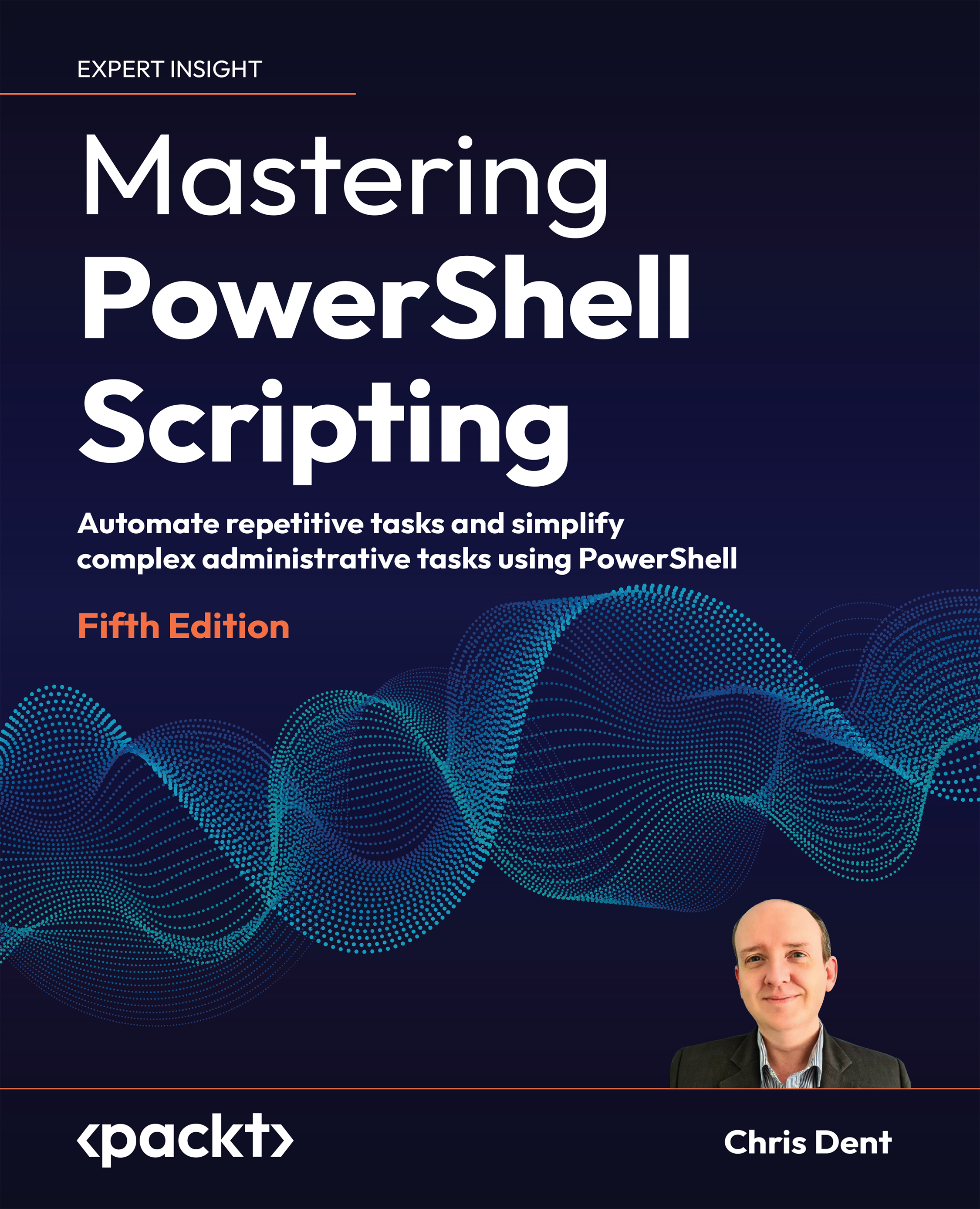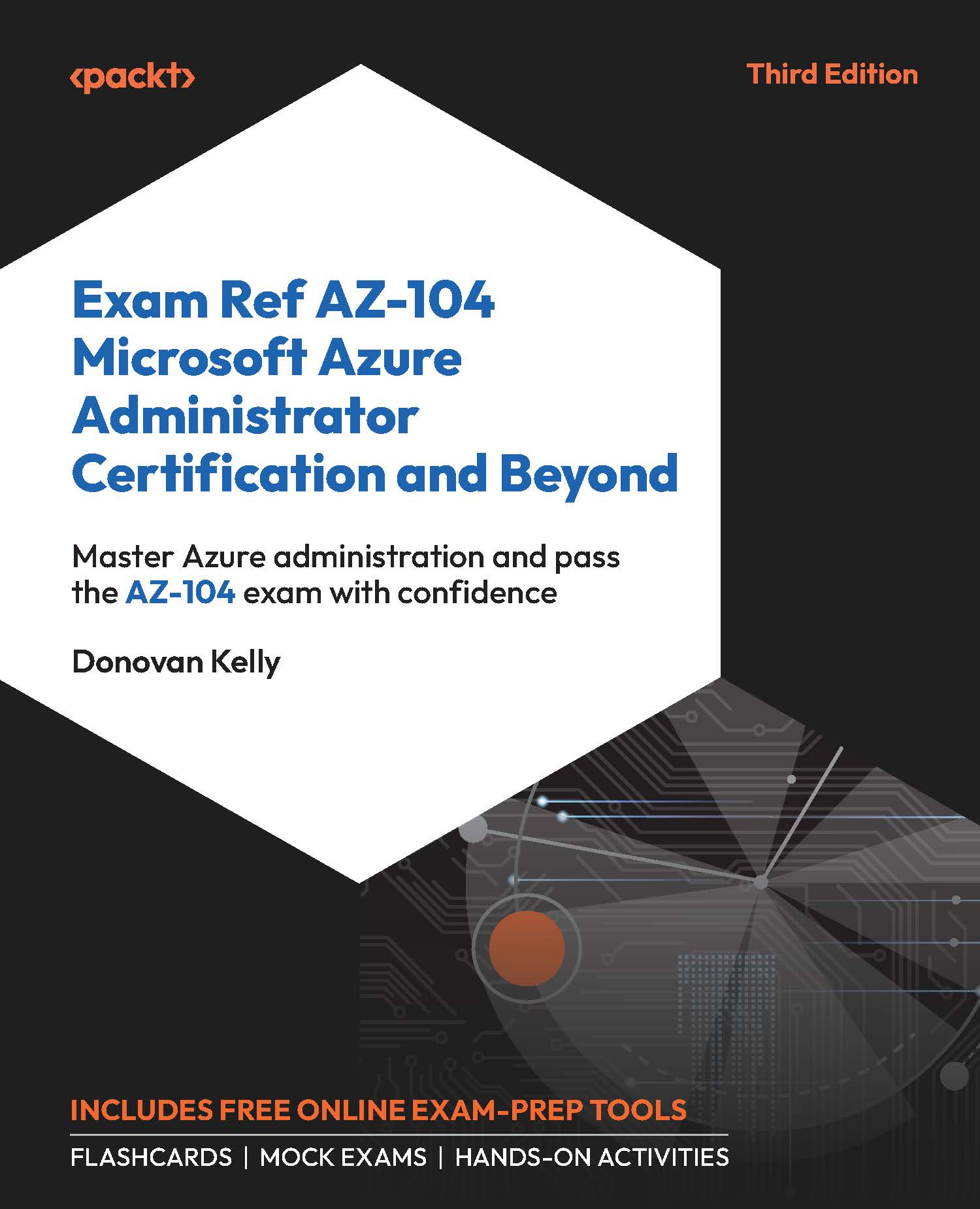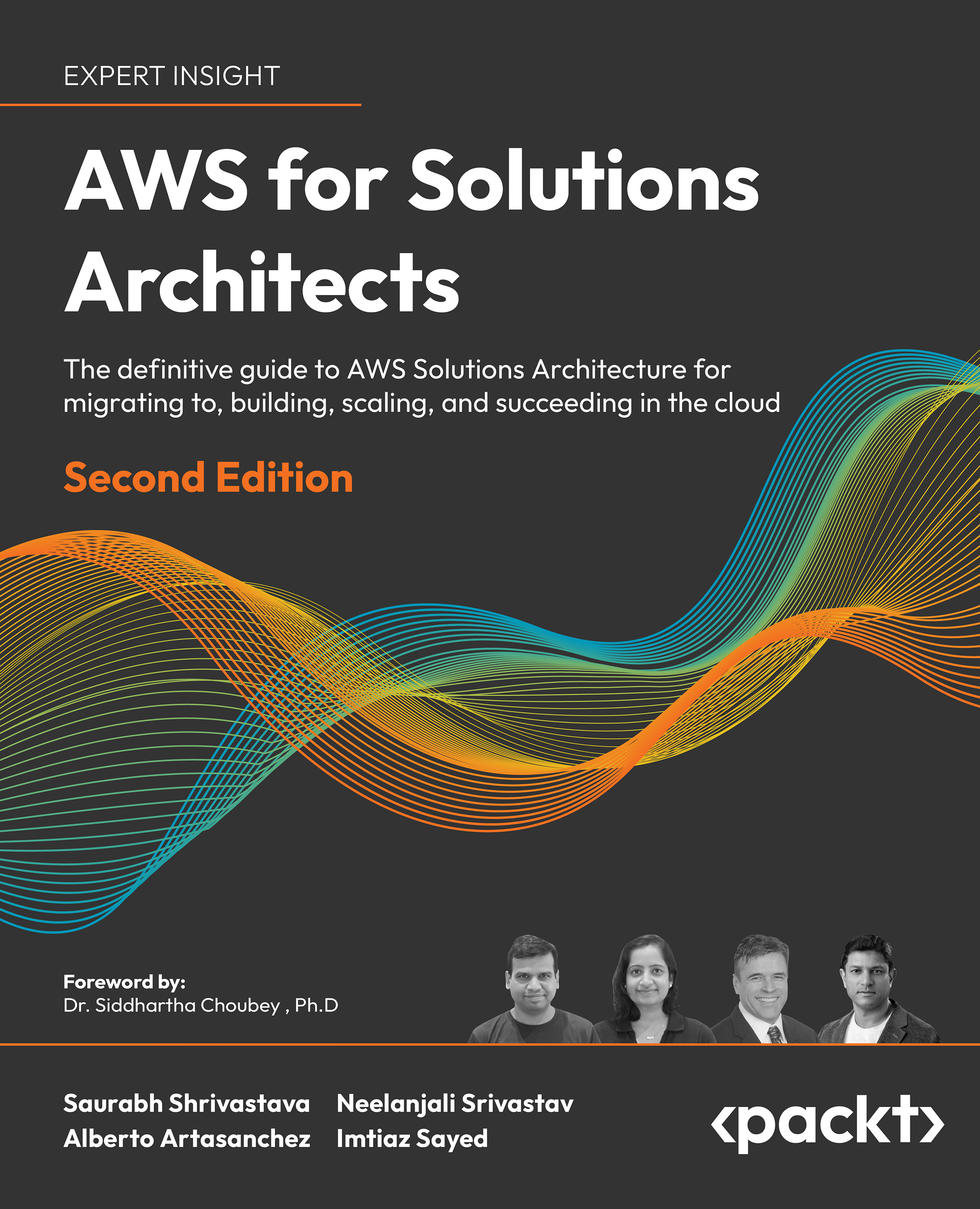Before you start any development, you need to set an environment up. The environment dedicated to Linux development is quite simple, at least on Debian-based systems:
$ sudo apt-get update$ sudo apt-get install gawk wget git diffstat unzip texinfo \gcc-multilib build-essential chrpath socat libsdl1.2-dev \xterm ncurses-dev lzop
There are parts of the code in this book that are compatible with ARM system on chip (SoC) solutions. You should install gcc-arm as well:
sudo apt-get install gcc-arm-linux-gnueabihf
I'm running Ubuntu 16.04 on an ASUS ROG, with an Intel Core i7 (eight physical cores), 16 GB of RAM, 256 GB of SSD, and 1 TB of magnetic hard drive. My favorite editor is Vim, but you are free to use the one you are most comfortable with.
In the early kernel days (until 2003), odd-even versioning styles were used, where odd numbers were stable and even numbers were unstable. When the 2.6 version was released, the versioning scheme switched to X.Y.Z, where:
X: This was the actual kernel version, also called major; it incremented when there were backwards-incompatible API changesY: This was the minor revision; it incremented after adding a functionality in a backwards-compatible mannerZ: This was also called PATCH, representing the version relative to bug fixes
This is called semantic versioning, and it was used until the 2.6.39 version; when Linus Torvalds decided to bump the version to 3.0, which also meant the end of semantic versioning in 2011, and then an X.Y scheme was adopted.
When it came to the 3.20 version, Linus argued that he could no longer increase Y, and decided to switch to an arbitrary versioning scheme, incrementing X whenever Y got so large that he had run out of fingers and toes to count it. This is the reason why the version has moved from 3.20 to 4.0 directly. Have a look at https://plus.google.com/+LinusTorvalds/posts/jmtzzLiiejc.
Now, the kernel uses an arbitrary X.Y versioning scheme, which has nothing to do with semantic versioning.
For the needs of this book, you must use Linus Torvald's GitHub repository:
git clone https://github.com/torvalds/linux
git checkout v4.1
ls
arch/: The Linux kernel is a fast-growing project that supports more and more architectures. That being said, the kernel wants to be as generic as possible. Architecture-specific code is separated from the rest, and falls into this directory. This directory contains processor-specific subdirectories such as alpha/, arm/, mips/, blackfin/, and so on.block/: This directory contains code for block storage devices, actually the scheduling algorithm.crypto/: This directory contains the cryptographic API and the encryption algorithms code.Documentation/: This should be your favorite directory. It contains the descriptions of APIs used for different kernel frameworks and subsystems. You should look here prior to asking any questions on forums.drivers/: This is the heaviest directory, continuously growing as device drivers get merged. It contains every device driver organized in various subdirectories.fs/: This directory contains the implementation of different filesystems that the kernel actually supports, such as NTFS, FAT, ETX{2,3,4}, sysfs, procfs, NFS, and so on.include/: This contains kernel header files.init/: This directory contains the initialization and start up code.ipc/: This contains implementations of the inter-process communication (IPC) mechanisms, such as message queues, semaphores, and shared memory.kernel/: This directory contains architecture-independent portions of the base kernel.lib/: Library routines and some helper functions live here. They are generic kernel object (kobject) handlers, cyclic redundancy Code (CRC) computation functions, and so on.
mm/: This contains memory management code.net/: This contains networking (whatever network type it is) protocols code.scripts/: This contains scripts and tools used during kernel development. There are other useful tools here.security/: This directory contains the security framework code.sound/: Audio subsystems code is here.usr/: This currently contains the initramfs implementation.
The kernel must remain portable. Any architecture-specific code should be located in the arch directory. Of course, the kernel code related to the user space API does not change (system calls, /proc, /sys), as it would break the existing programs.
Note
This book deals with version 4.1 of the kernel. Therefore, any changes made until v4.11 are covered too, at least the frameworks and subsystemsare concerned.
The Linux kernel is a makefile-based project, with thousands of options and drivers. To configure your kernel, either use make menuconfig for an ncurse-based interface or make xconfig for an X-based interface. Once chosen, options will be stored in a .config file, at the root of the source tree.
In most cases, there will be no need to start a configuration from scratch. There are default and useful configuration files available in each arch directory, which you can use as a starting point:
ls arch/<you_arch>/configs/
For ARM-based CPUs, these config files are located in arch/arm/configs/, and for an i.MX6 processor, the default file config is arch/arm/configs/imx_v6_v7_defconfig. Similarly, for x86 processors we find the files in arch/x86/configs/, with only two default configuration files, i386_defconfig and x86_64_defconfig, for 32- and 64-bit versions respectively. It is quite straightforward for an x86 system:
make x86_64_defconfig
make zImage -j16
make modules
make INSTALL_MOD_PATH </where/to/install> modules_install
Given an i.MX6-based board, you can start with ARCH=arm make imx_v6_v7_defconfig, and then ARCH=arm make menuconfig. With the former command, you will store the default option in the .config file, and with the latter, you can update add/remove options, depending on the need.
You may run into a Qt4 error with xconfig. In such a case, you should just use the following command:
sudo apt-get install qt4-dev-tools qt4-qmake
Building the kernel requires you to specify the architecture for which it is built, as well as the compiler. That said, it is not necessary for a native build:
ARCH=arm make imx_v6_v7_defconfigARCH=arm CROSS_COMPILE=arm-linux-gnueabihf- make zImage -j16
After that, you will see something like:
[...] LZO arch/arm/boot/compressed/piggy_data CC arch/arm/boot/compressed/misc.o CC arch/arm/boot/compressed/decompress.o CC arch/arm/boot/compressed/string.o SHIPPED arch/arm/boot/compressed/hyp-stub.S SHIPPED arch/arm/boot/compressed/lib1funcs.S SHIPPED arch/arm/boot/compressed/ashldi3.S SHIPPED arch/arm/boot/compressed/bswapsdi2.S AS arch/arm/boot/compressed/hyp-stub.o AS arch/arm/boot/compressed/lib1funcs.o AS arch/arm/boot/compressed/ashldi3.o AS arch/arm/boot/compressed/bswapsdi2.o AS arch/arm/boot/compressed/piggy.o LD arch/arm/boot/compressed/vmlinux OBJCOPY arch/arm/boot/zImage Kernel: arch/arm/boot/zImage is ready
From the kernel build, the result will be a single binary image located in arch/arm/boot/. Modules are built with the following command:
ARCH=arm CROSS_COMPILE=arm-linux-gnueabihf- make modules
You can install them using the following command:
ARCH=arm CROSS_COMPILE=arm-linux-gnueabihf- make modules_install
The modules_install target expects an environment variable, INSTALL_MOD_PATH, which specifies where you should install the modules. If not set, the modules will be installed at /lib/modules/$(KERNELRELEASE)/kernel/. This is discussed in Chapter 2,Device Driver Basis.
i.MX6 processors support device trees, which are files you use to describe the hardware. (This is discussed in detail in Chapter 6, The Concept of a Device Tree). To compile every ARCH device tree, you can run the following command:
ARCH=arm CROSS_COMPILE=arm-linux-gnueabihf- make dtbs
However, the dtbs option is not available on all platforms that support device trees. To build a standalone device tree blob (DTB), you should use:
ARCH=arm CROSS_COMPILE=arm-linux-gnueabihf- make imx6d-sabrelite.dtb
 United States
United States
 Great Britain
Great Britain
 India
India
 Germany
Germany
 France
France
 Canada
Canada
 Russia
Russia
 Spain
Spain
 Brazil
Brazil
 Australia
Australia
 South Africa
South Africa
 Thailand
Thailand
 Ukraine
Ukraine
 Switzerland
Switzerland
 Slovakia
Slovakia
 Luxembourg
Luxembourg
 Hungary
Hungary
 Romania
Romania
 Denmark
Denmark
 Ireland
Ireland
 Estonia
Estonia
 Belgium
Belgium
 Italy
Italy
 Finland
Finland
 Cyprus
Cyprus
 Lithuania
Lithuania
 Latvia
Latvia
 Malta
Malta
 Netherlands
Netherlands
 Portugal
Portugal
 Slovenia
Slovenia
 Sweden
Sweden
 Argentina
Argentina
 Colombia
Colombia
 Ecuador
Ecuador
 Indonesia
Indonesia
 Mexico
Mexico
 New Zealand
New Zealand
 Norway
Norway
 South Korea
South Korea
 Taiwan
Taiwan
 Turkey
Turkey
 Czechia
Czechia
 Austria
Austria
 Greece
Greece
 Isle of Man
Isle of Man
 Bulgaria
Bulgaria
 Japan
Japan
 Philippines
Philippines
 Poland
Poland
 Singapore
Singapore
 Egypt
Egypt
 Chile
Chile
 Malaysia
Malaysia
